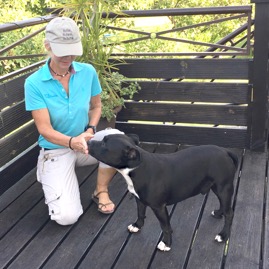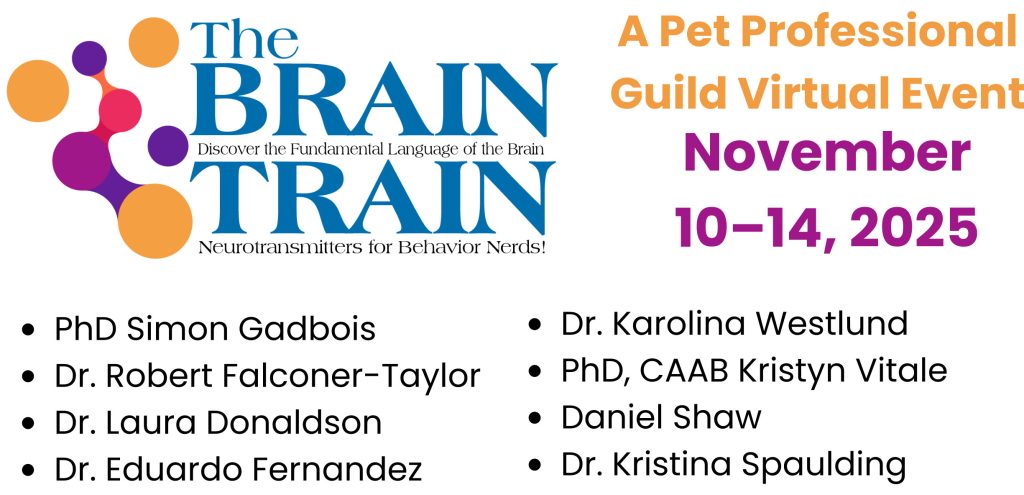Barks Blog
Jumping…A Perfectly Incompatible Solution!

As an animal behavior consultant, one of the most frequently asked questions I hear is, ‘How do I stop my dog from jumping up?’ Now there are, of course, multiple reasons why dogs may jump up – excitement, learned responses to given contexts, continued reinforcement (whether intended or not), or anxiety, to name a few.
The first point I would make is that identification of the causes of jumping is paramount – what is the dog thinking and feeling in a given situation that drives the behavior? What is his motivation? That addressed, I want to look at a simple and effective means of ‘switching off’ the jumping up behavior via a process known as response substitution. Response substitution occurs “when the behavioral response to a stimulus is changed to one that is desirable, or when the pet is taught a desirable behavior when exposed to the stimulus.” (Horwitz & Landsberg, n.d.). Put simply, say, for example you have visitors come to your home and your dog wildly jumps at them (some visitors may enjoy this, true, but for others it will not be desirable at all, not to mention the safety aspect). All we have to do is train a more desirable response than the jumping up and promote that instead. It is important to remember here that your dog must not (in this given example) receive continued reinforcement for jumping up at any time, because this will aid in the perpetuation of the behavior when we want to extinguish it.
What’s the new response? The new response to teach here is ‘nose touch,’ i.e. your dog touches the palm of your hand with his nose. Ultimately, and when used in context, your dog will engage in this new response during all greetings with people. This, more appropriate response, is incompatible with jumping up, and therefore the jumping up will cease.
How to teach it. Start completely out of context and with your dog in a quiet, non-distracting environment. Your open flat hand, palm facing your dog will become a hand signal. So take a tasty treat and rub this on your palm and then take the treat away. Place your hand very close to your dog’s nose so he can smell the treat and, with luck, he will dab her nose to your hand. Quickly say ‘touch’ and reward with the treat from your free hand. Now repeat this several times per day so that your dog equates the presentation of your hand with action of touching plus the cue word ‘touch’ and reward on a consistent basis, eventually you can fade out the initial rubbing of the treat on your hand.
Time for action! When you think your dog has grasped the nose touch concept, start putting it into practice! Start when your dog is least excited and there is least competition for his active engagement. As soon as your dog is about to leap, offer your flat hand low down, say ‘touch’ and reward (praise, treats etc.). Progress to using the new trick in lots of varying situations but, should your dog actually jump, completely ignore him, stand rock steady and wait for his feet to hit the ground again, then ask for ‘touch’. In such a scenario, your dog receives no reinforcement (which may include direct eye contact, physical contact from pushing away, voice contact etc., depending on the dog) but receives lots of praise for doing what you want him to do, i.e. greet nicely and in a settled manner via providing you with ‘touch’. The great thing here is that dogs are super fast to grasp the concept of, ‘Hmmm…I don’t get what I want by doing that BUT I do get what I want by doing this!’ So work on this to your advantage and you will have a predictable and desirable means of dog-people greeting.
References
Horwitz, D., & Landsberg, G. (n.d.). Overcoming Fears with Desensitization and Counterconditioning. Available at: https://vcahospitals.com/know-your-pet/overcoming-fears-with-desensitization-and-counterconditioning

